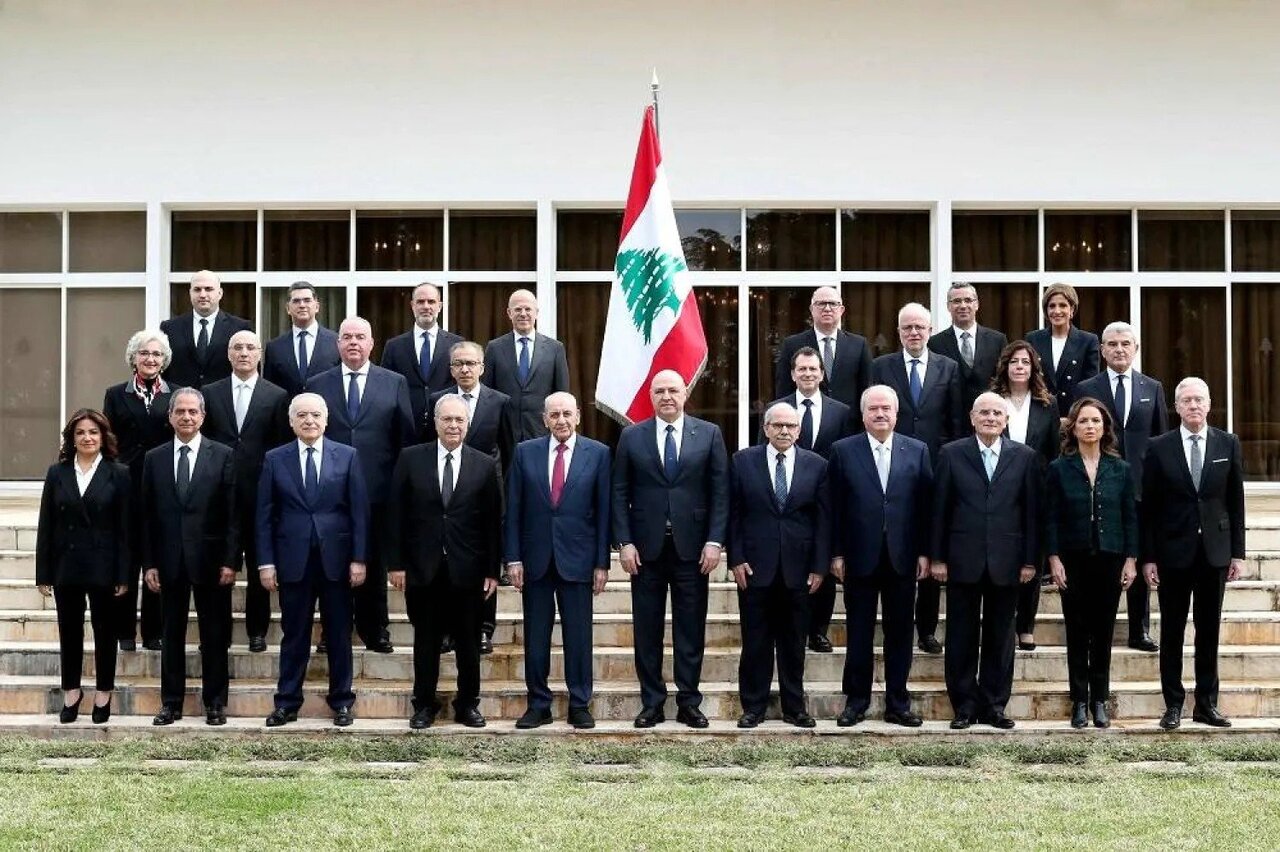Tuesday cabinet meeting: Where is Lebanon headed?

BEIRUT — According to the Kuwaiti newspaper Al-Anbaa, intensive political negotiations have paved the way for a favorable outcome in Tuesday’s Lebanese cabinet session. The efforts were led by the Amal Movement–Hezbollah alliance, under the effective leadership of Parliament Speaker Nabih Berri.
Amid American and Saudi pressure on the presidency and the government to expedite the disarmament of the Hezbollah resistance movement, the ministerial session is expected to discuss the issue of “extending the state’s sovereignty over all its territories exclusively through its own forces.”
Meanwhile, Justice Minister Adel Nassar, figure affiliated with the Lebanese Kataeb Party, warned via X that “if Hezbollah chooses to commit suicide by refusing to surrender its weapons, it will not be allowed to drag Lebanon and the Lebanese people with it.”
In light of these pressures, the pro-Resistance team believe that talk of disarming Hezbollah under these circumstances only serves the enemy’s interests, as its weapons constitute a fundamental deterrence against any new aggression.
Ali Fayyad, a senior Hezbollah lawmaker, stressed the need for the Lebanese to adhere to the hierarchy outlined in President Joseph Aoun’s statements before any further discussion, namely, the priority of cessation of hostilities and the Israeli withdrawal from Lebanon.
The Al-Anba Kuwaiti newspaper said the Lebanese government’s decision will be issued unanimously to avoid any division and fragmentation among Lebanese political forces at this sensitive stage.
An official source confirmed to the Kuwaiti newspaper that “the negotiations and exchange of responses regarding what is required of Lebanon, as well as what Lebanon wants in exchange for disarming, have reached the end of the road. On this basis, the return of US envoy Tom Barrack, or his predecessor Morgan Ortagus, is no longer a critical issue. The I’s and t's have been crossed. If an agreement is reached to define a mechanism and timetable for disarming, implementation can be monitored by any American diplomat.”
The source indicated that the new ambassador to Beirut (of Lebanese origin), Michel Issa, “expressed great enthusiasm for assuming this task related to disarmament during his hearing before the US Congressional Foreign Relations Committee last week. It seems that his appointment to succeed Ambassador Lisa Johnson is only a matter of time.”
Since the end of the Lebanese Civil War and the adoption of the Taif Agreement in 1989, the debate has raged over the restriction of arms to the state.
The debate was focused mainly on armed militias, with Hezbollah’s weapons being treated as a weapon of resistance against the Israeli occupation of Lebanon in most ministerial statements of successive governments until the defeat of the Israel in 2000.
After the issuance of UN Resolution 1559 in 2004, and despite the Lebanese state’s weak ability to confront any Israeli threat, the issue has posed a constant challenge to successive presidents of the republic, whose approaches have varied between implicit support for arms and calls for their gradual inclusion within a national defense strategy.
The most prominent national stance was that of President Emile Lahoud, who, despite all external pressures, took a decisive stance in fully embracing the option of resistance, describing it as “a necessity to defend Lebanon’s sovereignty, in light of the ongoing Israeli occupation and threats.”
Lahoud was the one who established what became known as the “army, the people, and the resistance” equation.
During his presidential term, he did not allow any discussion about the status of the resistance’s weapons, as he considered any attempt to subject Lebanon to external pressures to be an infringement on sovereignty.
Leave a Comment